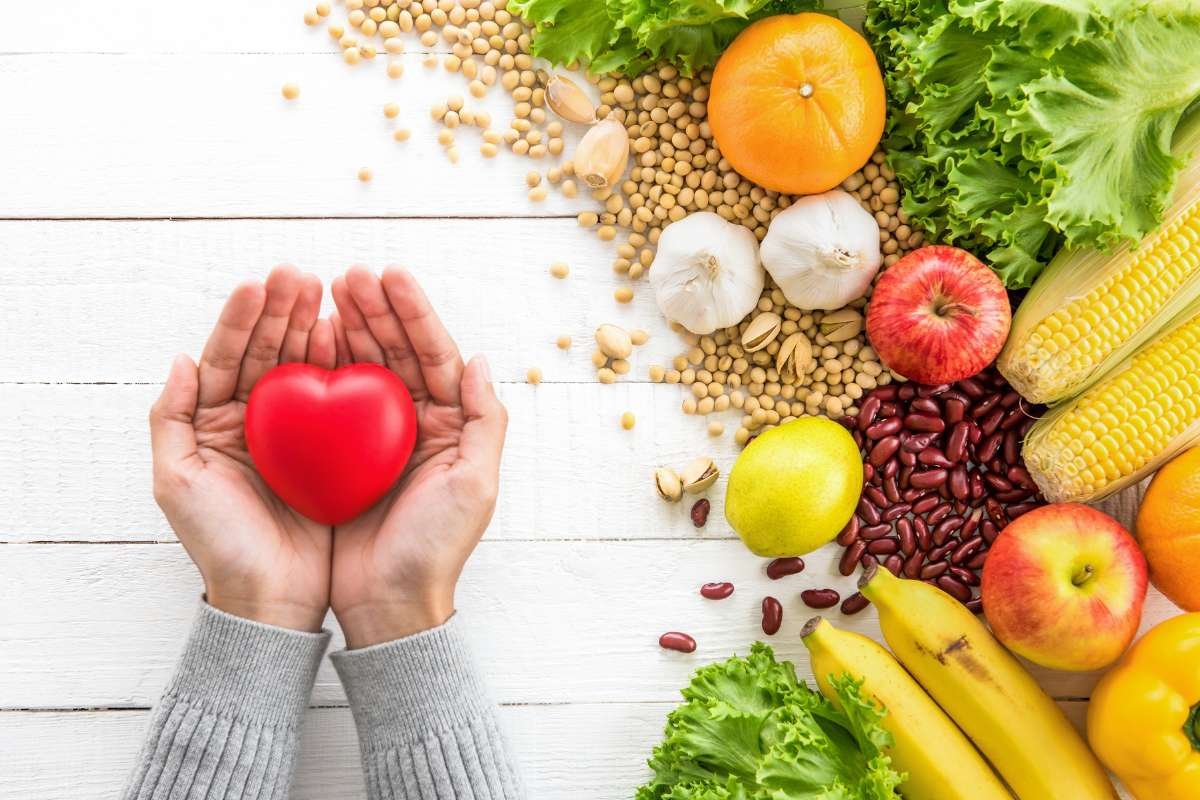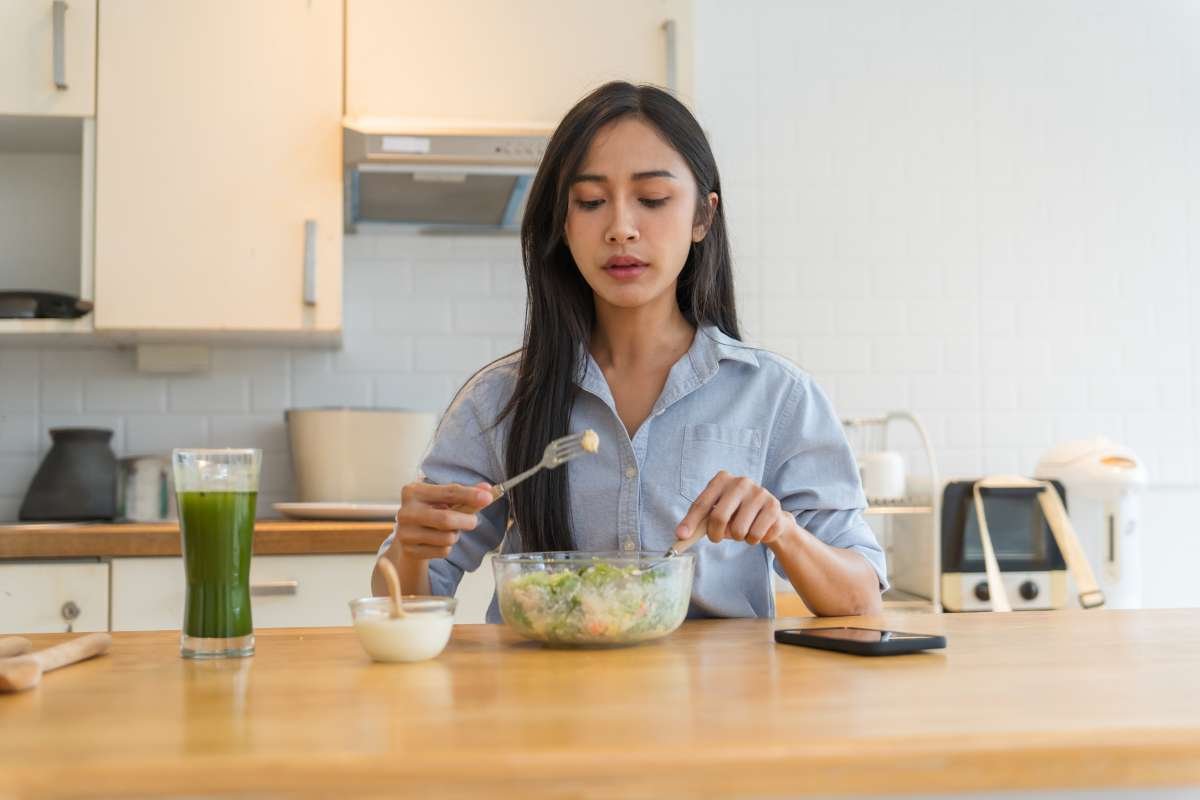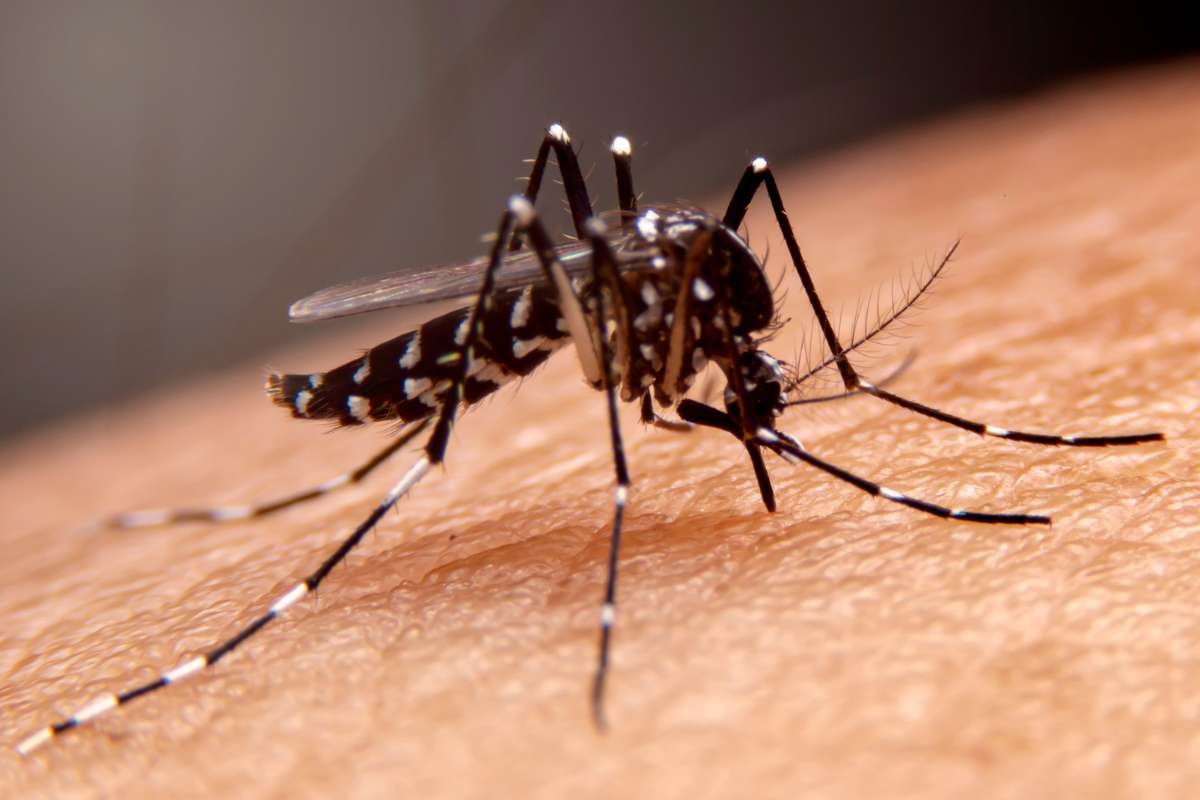Eating food that makes you feel lighter, more energetic, and less sluggish. Now picture a diet that says bananas, mangos, and leafy greens are your best friends while oily fries and fatty snacks get no invite to the party. That’s the 80/10/10 Diet in a nutshell: fun, fruity, and just a little bit radical. It might sound like a tropical vacation on a plate, but it also sparks serious debates in health circles. So, grab a mango and let’s peel back the facts.
What Is the 80/10/10 Diet?
The 80/10/10 Diet was introduced by Dr. Douglas Graham, a raw food expert. The idea is simple:
- 80% of daily calories should come from carbohydrates (mostly fruits).
- 10% from protein (mostly plants).
- 10% from fats (like nuts, seeds, or avocados).
This is not your typical high-protein or high-fat plan. Instead, it relies on raw fruits, vegetables, and small amounts of nuts or seeds. The focus is on eating food close to its natural state.
Why Do People Try the 80/10/10 Diet?
People are drawn to it for different reasons. Some want to shed weight, others aim for clear skin, while many just want to feel more energetic. Supporters say the diet:
- Keeps digestion smooth.
- Reduces food cravings.
- Helps with natural weight balance.
- Boosts energy without caffeine.
For many, the appeal lies in the simplicity: eat fruit when you’re hungry, fill up on veggies, and avoid heavy oils or animal products.
Benefits of the 80/10/10 Diet

- Energy Boost: Since most calories come from fruits like bananas, mangos, and dates, the body gets quick fuel without feeling heavy. Unlike processed sugar or caffeine, fruit sugar digests smoothly and keeps you energized for longer hours. Many people on this plan say they wake up fresher and feel less tired during the day.
- Weight Balance: Because the diet avoids processed foods and oily meals, it helps naturally control calorie intake. On the 80/10/10 Diet, you eat until you feel full, but since fruits and vegetables are low in calories and high in fiber, the body naturally balances its weight. This makes it easier for people to slim down without counting every bite.
- Heart Health: Another benefit is the positive effect on heart health. The diet is very low in fats, especially harmful saturated fats, which support healthy cholesterol levels. Over time, following the 80/10/10 Diet may help reduce risks linked with heart disease and keep blood pressure in check. The abundance of fresh fruits and greens also means more antioxidants, which protect the heart.
- Better Digestion: Fruits and vegetables are loaded with fiber, and fiber is key to smooth digestion. People who switch to the 80/10/10 Diet often notice less bloating, better bowel movements, and reduced stomach discomfort. The raw foods also keep the gut healthy by feeding good bacteria, which helps improve digestion further.
- Hydration: Many fruits, such as watermelon, oranges, and pineapples, are high in water content. Eating them daily not only fuels the body but also helps keep it hydrated. This supports glowing skin, joint health, and overall body function.
Challenges You Might Face

While the 80/10/10 Diet sounds refreshing, it comes with a few hurdles:
- Nutrient Gaps – It may lack vitamin B12, iron, calcium, and omega-3 fatty acids.
- Meal Planning – Eating large amounts of fruit daily requires planning and budgeting.
- Social Settings – Dining out can feel tricky since most menus aren’t raw-food friendly.
- Initial Adjustment – Switching from cooked meals to raw fruits and veggies may cause cravings or discomfort at first.
Foods You Eat on the 80/10/10 Diet
- Fruits: Bananas, mangos, apples, grapes, melons.
- Vegetables: Leafy greens, cucumbers, carrots, bell peppers.
- Small Fats: Avocados, nuts, and seeds (but in very limited amounts).
What you won’t find: fried foods, processed snacks, meat, dairy, or oils.
Who Should Be Careful?
Not everyone thrives on the 80/10/10 Diet. Pregnant women, children, or people with certain medical conditions should consult a doctor first. Also, athletes or people with higher protein needs may need adjustments.
Tips for Staying Consistent

- Start slow by adding more fruits to your day before cutting out cooked food.
- Keep quick snacks like bananas, dates, or apples handy.
- Rotate fruits and veggies to avoid boredom.
- Consider supplements like B12 if needed.
- Drink enough water to balance the high fiber intake.
The Science Side
Supporters say the 80/10/10 Diet mimics how early humans ate before processed foods. Research shows that diets rich in fruits and vegetables lower the risk of heart disease and obesity. However, most doctors recommend a more balanced plan with cooked foods, legumes, and healthy fats for long-term health.
Also Read:
- What is Diet? What are Different Types of Diets?
- How the Raw Food Diet Impacts Your Health and Energy Levels
- Better Food = Better Mood – Understanding How a Balanced Diet Improves Mood
Conclusion
At the end of the day, the 80/10/10 Diet is like a tropical lifestyle packed into your grocery cart. It can make you feel lighter, happier, and more energetic, but it does take discipline. If you love fruit and want a simple way to eat clean, this plan could be a refreshing adventure. Just remember: balance is key, and even bananas don’t like being overworked. So, if life hands you 20 bananas, go ahead, make it your breakfast. But keep your plate colorful, your health steady, and your sense of humor intact.







